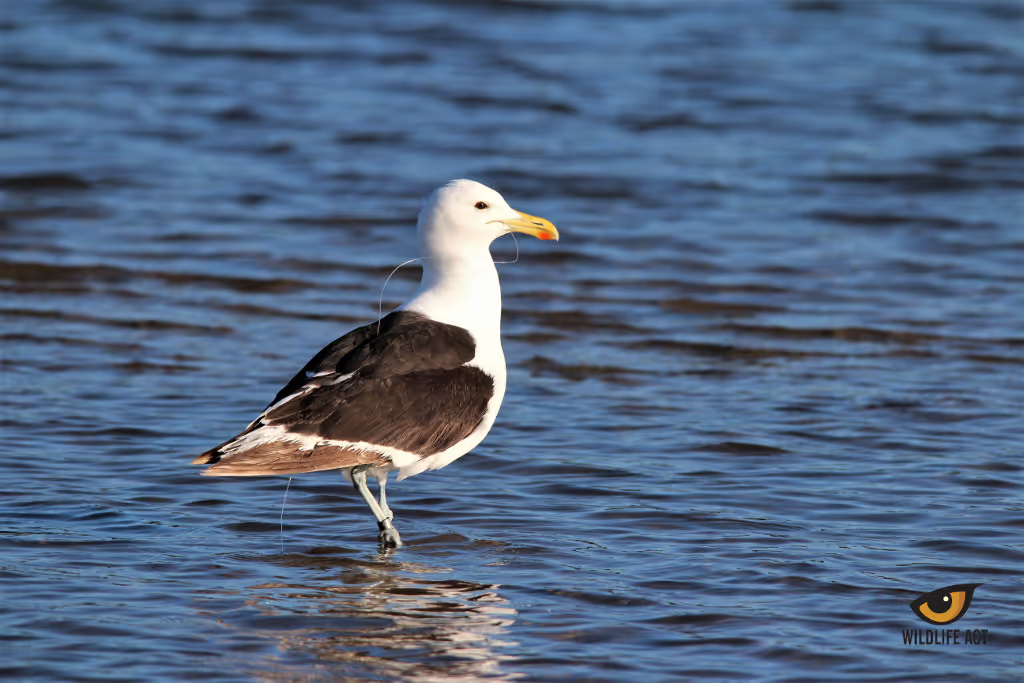The increase of anthropogenic debris and pollution in the ocean have become of major concern to all known ecosystems in the marine environment over the last few decades. Studies in the South Pacific Ocean estimated a total of 37.7 million debris items on Henderson island alone during 2015. One of the biggest sources of pollution in the marine environment is from plastic debris fragments.

In the marine environment, these can be represented in various forms including food wrappers, plastic containers, plastic bottles, fishing line, nets, ropes etc. Most of these are thought to come from ships dumping trash into the oceans directly, windblown plastics from land, freshwater runoff through rivers and ground water, waste water systems along with items left exposed on the beach by beach users. Plastics are very light, less dense than water and thus float on the water surface. Floating plastic debris can provide artificial shelter for many smaller fish and other creatures that may attach to it like barnacles. This can lead to the transfer of invasive species to other marine ecosystems. These items also pose threats of possible entanglements and ingestion by various marine animals including whales, dolphins, sea turtles and sea birds.

Sea turtles are particularly vulnerable to ingestion of plastic debris, as plastic bags can be easily be mistaken in water for Jelly fish - one of the main prey species for turtle. Pieces of rope can also be mistaken for seaweed which also forms part of sea turtle diet. Two of the sea turtle species, Loggerheads (Caretta caretta) and Leatherbacks (Dermochelys coriacea) nest along the coastline of Northern KwaZulu-Natal on the beaches protected by the iSimangaliso Wetland Park and both are listed as vulnerable on the IUCN red list. These reptiles will return to the same beaches where they were born in the future to lay eggs and produce the future generation of ocean dwellers. Conserving beaches and the marine environment surrounding their breeding areas may be one step closer to conserving some truly majestic species.

In August 2019, our Leopard Survey project Team was actively involved in beach clean-ups to remove anthropogenic debris in the Eastern Shores section of the iSimangaliso Wetland Park. This was part of an effort towards the conservation of the pristine coastline and beaches within the iSimangaliso Wetland Park.

Text & Photos by Wildlife ACT Monitor Eduard Drost





.jpg)
.avif)



(1).avif)
.avif)